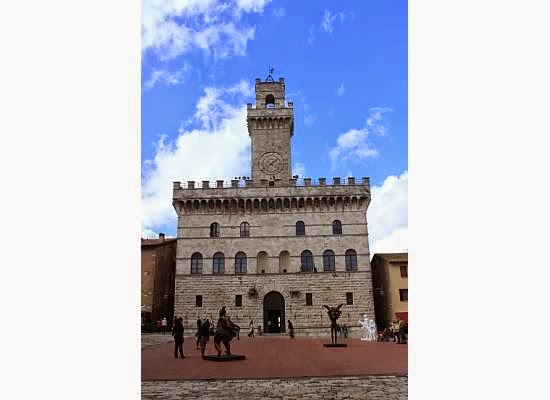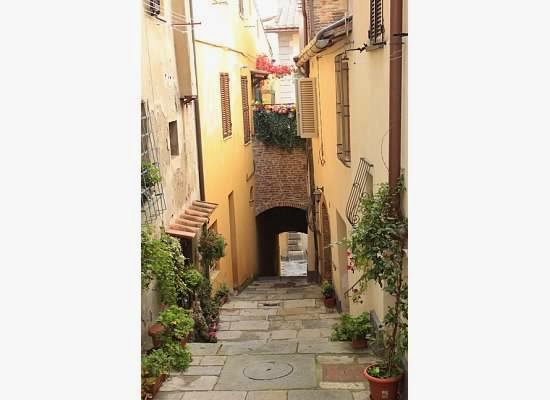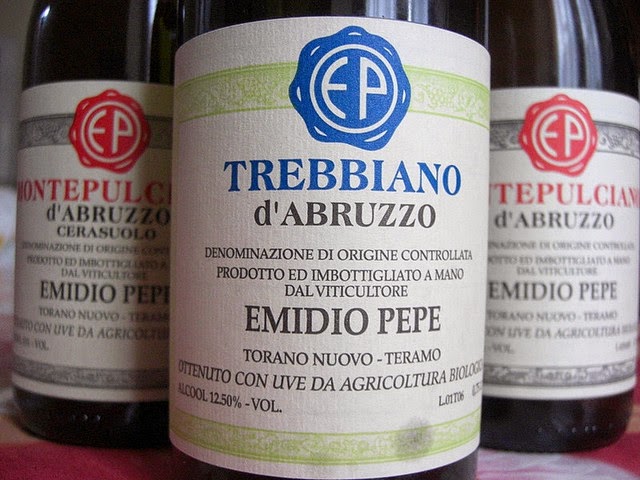This past week I tasted the wine
production of two producers that I wanted to share with you over the
next couple blogs, Antico Colle and Fabrizio Dionisio. They both
originate out of the Tuscany region with one in Montepulciano and the
other in Cortona.
Montepulciano is in the province of
Siena in Tuscany and is a hilly area where each vineyard site and the quality of
wines are determined by it's location and angle to the sun as well as
the altitude and climate. I remember years ago when I could travel
to Montepulciano and for the most part stop in to many wineries
without reservation and at the least taste the wines. If you are
visiting the area I strongly recommend seeking out some wineries in
advance to set something up as it's much tougher these days and
shouldn't be missed. This means though that more people are visiting
the area and tasting these wines, which is a great success! The town
itself is also fantastic, but bring your walking shoes as its all
uphill lined with shops and a great piazza on the top. I'll share
with you another time all my pictures and some other places I tasted
there.
 |
| Piazza Grande in Montepulciano, Tuscany |
Antico
Colle, meaning ancient hills, is located in Montepulciano on the
eastern side in the wine zone known as Gracciano. Three generations
of the Frangiosa family have taken part in the wines produced there.
They own about 60 acres (25 hectacres) of land at about 300-400
meters above sea level.
I tasted:
- 2012 Antico Colle Chardonnay
- 2012 Antico Colle Toscana Rosso
- 2011 Antico Colle Chianti Colli Senesi
- 2011 Antico Colle Rosso di Montepulciano
- 2011 Antico Colle Vino Nobile di Montepulciano
I enjoyed the Chianti Colli Senesi for
more of an every day wine, but my favorite of all the
wines were both the 2011 Antico Colli Rosso di Montepulciano D.O.C.
and the 2011 Antico Colli Vino Nobile di Montepulciano D.O.C.G. I
chose these two because of the quality and characteristics that I
appreciated in each wine. The Rosso di Montepulciano could be
drunk on its own where the Vino Nobile di Montepulciano would be best
paired off with some food. Possibly a braised lamb shank or wild
boar, which is a typical Tuscan dish.
Their Rosso di Montepulciano is made up
of 95% prugnolo gentile, which is a clone of the sangiovese grape, as
well as 5% merlot. The maceration of this wine lasts about 15 days
in stainless steels tanks and is then lightly pressed from the vats.
It's aged 6 months in French oak casks and then later refined in
bottles for 4 months. More ruby red in color it seemed a little
musty on the nose combined with cherries and on the palate had a hint
of oak with bright cherry. It had a nice elegance to it and the
fruit lingered throughout the finish. (Wine Searcher averages about $12 retail).
 The best of all was the Antico Colle Vino Nobile di Montepulciano that is an
award winning wine by the Wine Enthusiast (93/100). It's made up of
100% prugnolo gentile. The grapes are fermented in stainless steel
vats, crushed and repassed over with the must. After about a 20 day
maceration the wine is lighted pressed off. Its then aged for 24
months in small to medium Slavonian oak casks and later refined for 6
months in the bottle. This is the type of wine that you should
decanter. The color of this wine was deeper in color and on the
palate showed rich fruit of dried cherries with some slight oak
hints, all well-balanced with the acidity and ended with a beautiful
lingering finish. (Wine Searcher averages about $19 retail)
The best of all was the Antico Colle Vino Nobile di Montepulciano that is an
award winning wine by the Wine Enthusiast (93/100). It's made up of
100% prugnolo gentile. The grapes are fermented in stainless steel
vats, crushed and repassed over with the must. After about a 20 day
maceration the wine is lighted pressed off. Its then aged for 24
months in small to medium Slavonian oak casks and later refined for 6
months in the bottle. This is the type of wine that you should
decanter. The color of this wine was deeper in color and on the
palate showed rich fruit of dried cherries with some slight oak
hints, all well-balanced with the acidity and ended with a beautiful
lingering finish. (Wine Searcher averages about $19 retail)
Next I'll cover Fabrizio Dionisio from
Cortona in Tuscany, one of my favorite towns, and the wines they
produce are all Syrah and very tasty! Stay tuned!

























